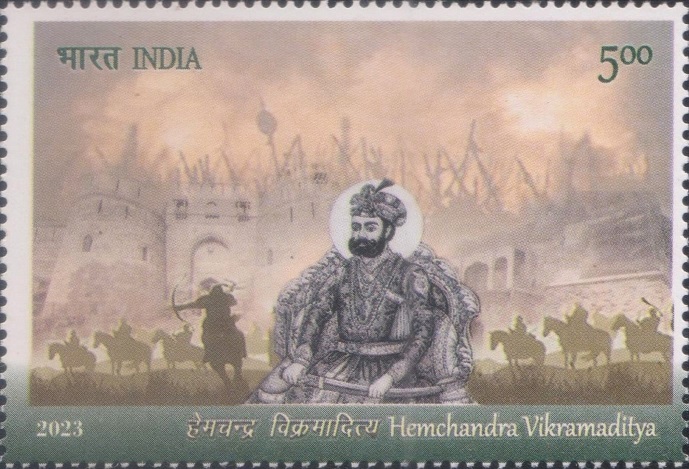
Hemchandra Vikramaditya
A commemorative postage stamp on Hemu, the last Hindu King of Delhi :
 Issued by India
Issued by India
Issued on Oct 7, 2023
Issued for : Department of Posts is delighted to issue Commemorative Postage Stamp on Hemchandra Vikramaditya, an epitome of valour and courage.
Credits :
Stamp/FDC/Brochure : Ms Neetu Arora
Cancellation Cachet : Ms Neetu Arora
Type : Stamp, Mint Condition
Colour : Multi Colour
Denomination : 500 Paise
Stamps Printed : 302800
Printing Process : Wet Offset
Printer : Security Printing Press, Hyderabad
Name : Hem Chandra
Born on 1501 at Machheri, Alwar, Rajasthan, India
Died on 5 Nov, 1556 at Panipat, Haryana, India
About :
- Samrat Hemchandra Vikramaditya or Hemu was the last Hindu emperor of India. Being a member of an ordinary family, he did extraordinary and brilliant deeds in the history of India. Through his ideas and visions, he made tremendous efforts to make his country, Bharat a powerful nation.
- He was a capable administrator, a military genius, an able politician and a far-sighted statesman. In true sense, he was the follower of the great Hindu ruler Prithvi Raj Chauhan who fought bravely in the battlefield and sacrificed his life for the country. Hemu, was one of the greatest freedom fighters in the annals of Indian history, who struggled hard against the foreign rulers.
- Hemu was born in 1501, in a village Machheri, three miles away from Rajgarh in the region of Alwar (Rajasthan) in Dhusar Brahmin (Bhargava) family. His father Puran Das was a Purohit and a religious person. Saint Puran Das took Sanyas and migrated to Vrindavan to live with famous saint Harivansh of the Vallabha Sampradai Sect.
- The family shifted to Qutabpur, a village of Dhusar Brahmins, in Rewari (Haryana) for better prospects. Hemu was brought-up and educated there. He studied Hindi, Sanskrit, Persian and Arabic. During his childhood he was fond of wrestling and horse-riding.
- Based at Rewari, which was on main route of traders from Iran, Iraq to Delhi, Hemu started supplying cereals to Sher Shah’s army. Later on, he took up supply of saltpeter (gunpowder) to his army.
- After Shershah Suri’s death on May 22, 1545 A.D., Jalal Khan, the younger son of the former, assumed the title of Islam Shah and became the ruler. Islam Shah recognized the capability and the administrative skills of Hemu and therefore made him his personal advisor. In 1550 AD, Hemu accompanied Islam Shah to Punjab when he was deputed along with other high officers to receive Mirza Kamran, the second son of Babar in the fort of Rohtas. Hemu was soon promoted as the Chief of intelligence or Daroga-ai-dak chauki i.e. Superintendent of Posts. In 1552 and 1553, Hemu held positions as Governor of Punjab and Delhi state also.
- In November 1554 Islam Shah died and his 12 years old son Firoz Khan became the ruler, who was killed within three days by Adil Shah Suri. His original name was Mubrez Khan or Mubarak Khan. The new king Adil Shah was an indolent, pleasure-seeker, drunkard and debauch. He faced revolts on all sides. Adil Shah looked to Hemu as Chief Advisor and practically entrusted all his works to him. Hemu now became the Prime Minister and Chief of the Afghan Army.
- Most of the Afghan governors revolted against Adil Shah and refused to pay the taxes. Hemu went to various states in North India to crush these revolts. Hemu fought 22 battles and won all of them. Battles took place between Hemu and Ibrahim who was a claimant for the sultanate and the former was always victorious. Sultan Mohammad, who had assumed the kingly title in Bengal, was also defeated.
- When Humayun returned to India to recover his lost throne, Adil Shah sent Hemu northwards to oppose him, retiring himself to Chunar. When Humayun met with fatal accident on January 26, 1556 AD, Hemu remained in the field to prevent Akbar from taking effective possession of his father’s kingdom. Hemu consolidated his army and went from Gwalior to Agra. He defeated Iskandar Khan Uzbeg, Governor of Agra. He occupied Agra with its huge treasure and equipments, and proceeded towards Delhi. Tardi Beg Khan, the Mughal Governor of Delhi, frightened and immediately sent a dispatch to Akbar and Bairam Khan and demanded adequate reinforcements for the defence of the capital. Bairam Khan sent his ablest Commander Pir Mohammad Sherwani with a big army. In Delhi, the battle was fought at Tuglakabad. Hemu defeated the Mughals. Hemu won Delhi after a day’s battle on October 6, 1556 AD. Nearly 3000 soldiers died in the battle. Tardi Beg fled away. Hemu entered Delhi victoriously under a royal canopy.
- He occupied Delhi and declared his independent status. He had his coronation or Rajyabhishek at Purana Qila in the presence of all the Afghans and Rajput commanders with all religious ceremonies. He issued coins in his name and assumed the historic name ‘Vikramaditya’ or Raja Bikramjit. He reorganized the army and made certain appointments, without removing any Afghan. He also made significant reforms in the mercantile system. He dismissed all the corrupt officers and also paid attention towards protection of cow and totally prohibited cow’s slaughter.
- Though Hemchandra Vikramaditya ruled for only 29 days, yet it was a historical event in the history of India. He re-established the Hindu Kingdom after centuries of foreign rule. World famous Historian R.C. Majumdar called it, “a unique episode in the history of India during the Muslim rule.”
- On the news of the fall of Delhi from Akbar’s control, the Mughal army at Kalanaur lost heart and many commanders refused to fight Hemu. They advised Akbar to retreat to Kabul, where he would be safer. However, Bairam Khan refused and insisted him to fight with Hemu.
- The battle between Hemu and Mughals was finally fought at Panipat on November 5, 1556 AD. Hemu was captured in an unconscious, almost dead state. Bairam Khan desired Akbar to earn the title of Ghazi by flashing his sword on the captive. The forces of Akbar conquered the Sarkar of Alwar which was the home of Hemu.
- The vengeance of the Mughals continued. The clan of Dhusar Bhargavas were hounded, brutally beheaded and pyramid of their skulls were built throughout the region. Such painting of Akbar’s time is on display in National Archives, New Delhi whose replica can be seen in the War Museum at Panipat. So was the end of one of the glorious periods of the Indian History.
- No praise can be too great for Hemu’s bold endeavour to re-establish indigenous rule at Delhi after more than 350 years of foreign domination.
- Text : Referenced from content provided by Proponent.


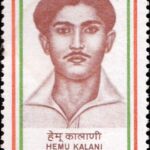
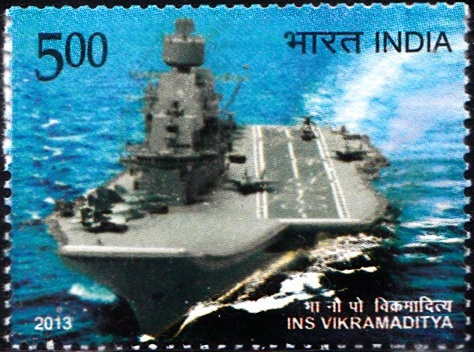
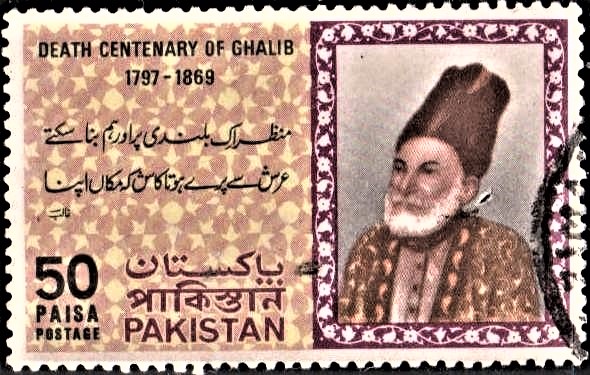

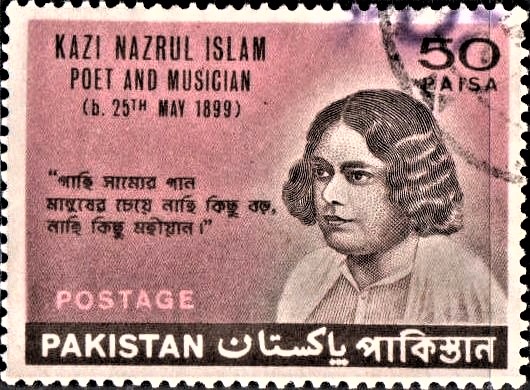
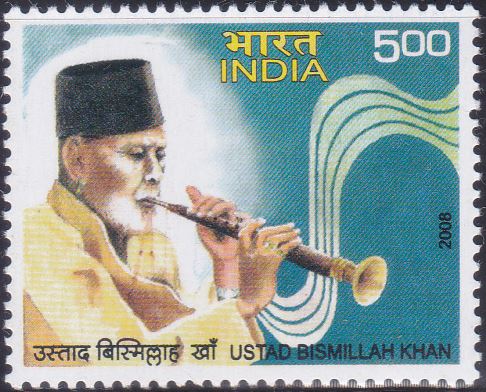
[…] Battle of Panipat. In 1556, Akbar defeated Hemchandra Vikramaditya, who was popularly known as ‘Hemu’, in the Second Battle of Panipat. Afghan raider Ahmad Shah Abdali defeated the Marathas in the […]
[…] king of Gujrat Siddhraj Jai Singh are also associated with the legendary title. The ruler of Delhi, Hem Chandra who faced the Mughal forces in the second battle of Panipat also carried the title […]